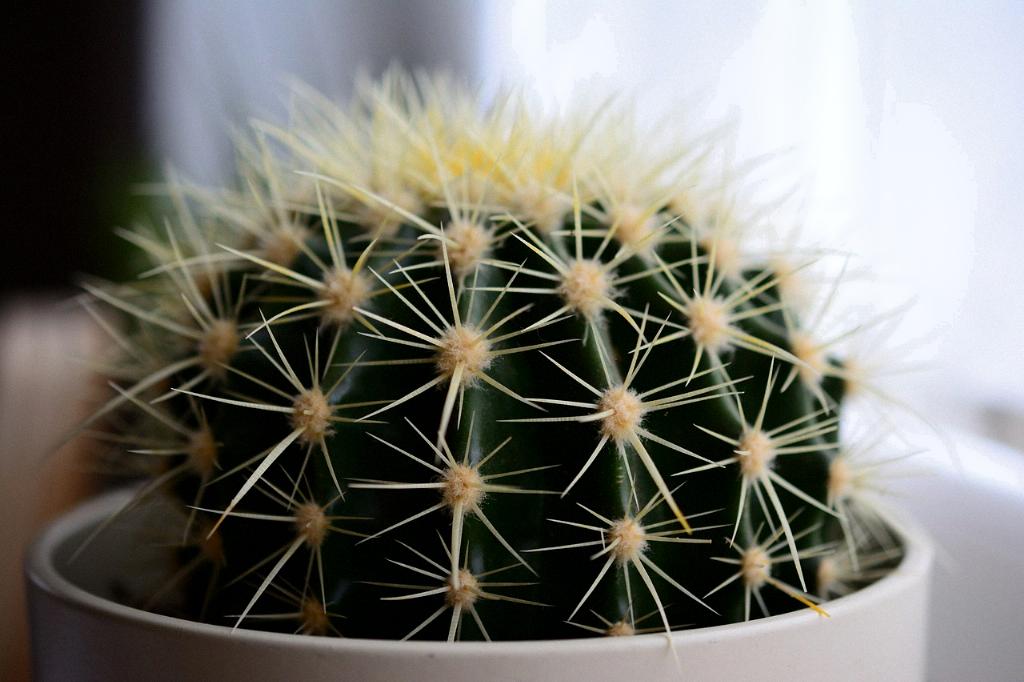When it comes to managing diabetes, exploring natural remedies and alternative treatments can sometimes lead to surprising discoveries. One such potential option is the prickly pear cactus, also known as Opuntia, which belongs to the cactus family Cactaceae. Apart from its distinctive appearance, the prickly pear cactus has gained attention for its health benefits, particularly in relation to diabetes.
The prickly pear cactus is believed to have properties that may help in lowering blood sugar and cholesterol levels. This effect is thought to occur by reducing the absorption of sugar and cholesterol in the stomach. As a result, individuals with diabetes may find that incorporating prickly pear cactus into their diet could potentially aid in managing their blood sugar levels.
One of the primary uses of prickly pear cactus in traditional medicine has been for the treatment of diabetes. By leveraging its potential to regulate blood sugar levels, individuals with diabetes may experience better control over their condition. This natural remedy could offer a complementary approach to existing diabetes management strategies, providing an additional tool in the overall treatment plan.
While more research is needed to fully understand the mechanisms by which prickly pear cactus exerts its effects on blood sugar and cholesterol, the existing evidence suggests promising outcomes. Studies and anecdotal reports have highlighted the positive impact that this cactus may have on individuals with diabetes, paving the way for further exploration and validation of its medicinal properties.
It is important to note that, like any supplement or natural remedy, incorporating prickly pear cactus into one’s diabetes management plan should be done in consultation with a healthcare provider. While the potential benefits of this cactus for diabetes are noteworthy, it is essential to ensure that its usage aligns with an individual’s overall treatment goals and medical history.
Individuals considering the use of prickly pear cactus for diabetes should also be mindful of potential side effects and interactions with other medications. As with any new addition to a treatment regimen, a cautious and informed approach is paramount to safeguarding one’s health and well-being while exploring alternative remedies.
Furthermore, maintaining a balanced and nutritious diet, regular exercise, and consistent monitoring of blood sugar levels remain fundamental pillars of diabetes management. While prickly pear cactus may offer a supplemental benefit, it should not replace essential lifestyle modifications and prescribed medical interventions.
Overall, the potential of cactus, specifically the prickly pear cactus, to assist in managing diabetes underscores the significance of exploring diverse avenues for holistic health and wellness. By harnessing the natural properties of this unique plant, individuals with diabetes can potentially enhance their treatment approach and improve their overall quality of life.
As research continues to delve into the therapeutic potential of prickly pear cactus and its role in diabetes management, individuals are encouraged to stay informed and engage in open discussions with healthcare providers about integrating natural remedies into their treatment plans.
In conclusion, while the question of whether cactus is good for diabetes may not have a definitive answer, the potential benefits of prickly pear cactus suggest that exploring its inclusion in a diabetes management regimen could offer valuable support and contribute to improved health outcomes for individuals living with this condition.

